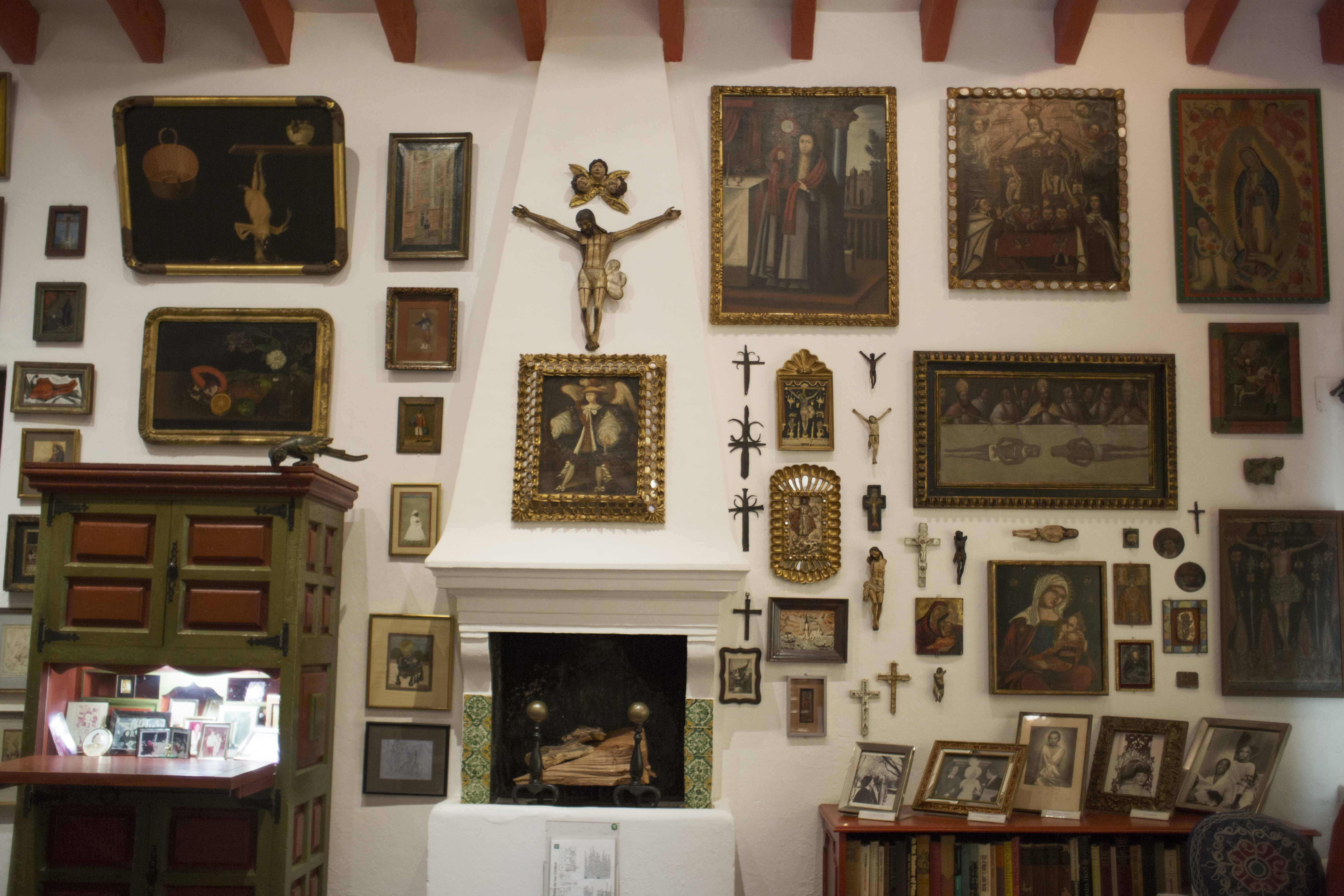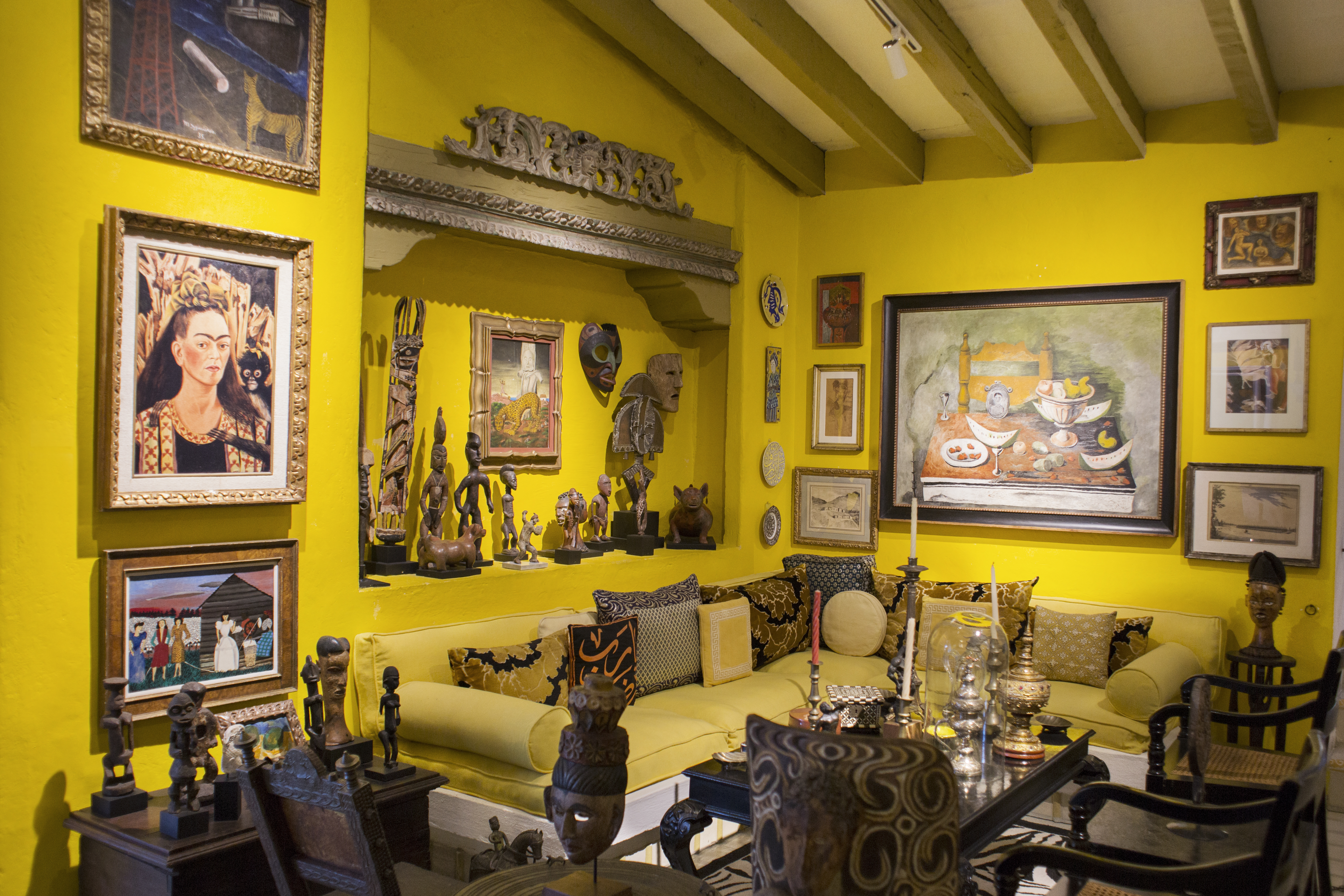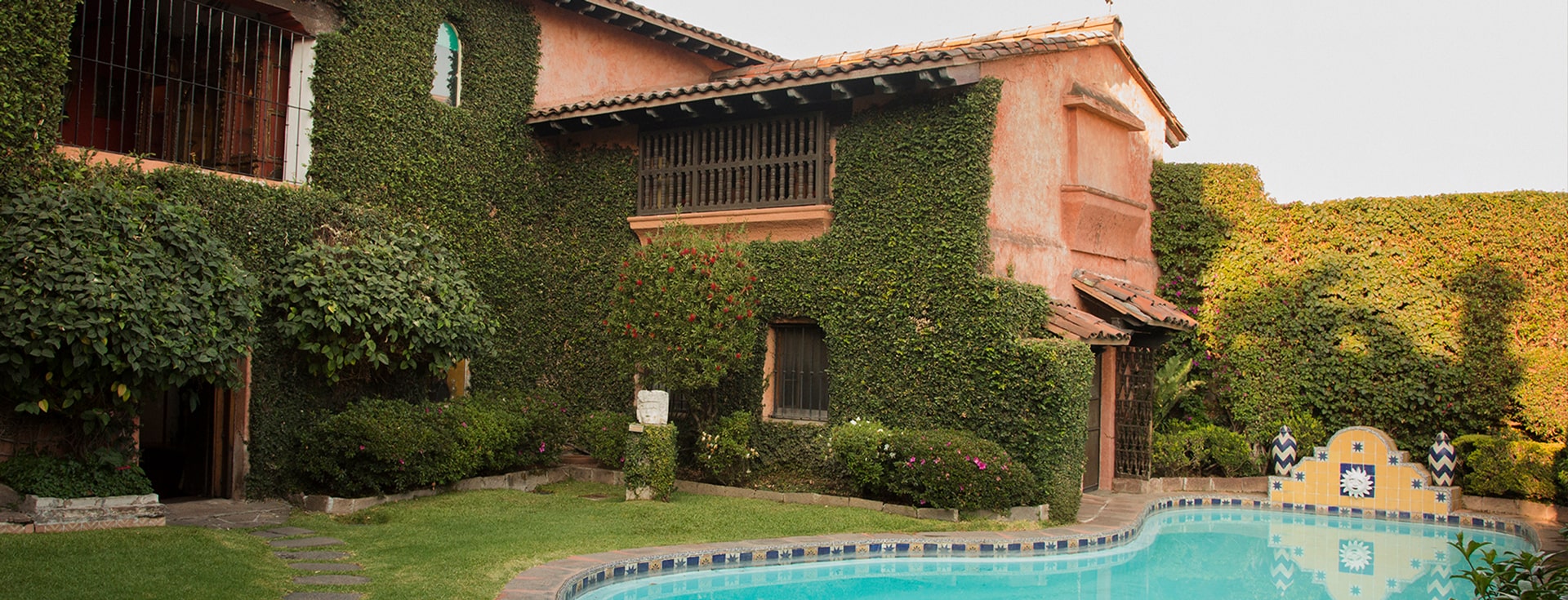Workshops and activities
EDUCATION
The educational area is a fundamental pillar of the museum, fostering a connection and exchange between the collection, artists, and audiences, underscoring Robert Brady’s interest in expanding knowledge and exploring new understandings through experience.
This year, a public project is planned in collaboration with Universidad Iberoamericana and Palmera Ardiendo. With diverse perspectives on art as both process and product, the program invites artists, art professionals, academics, Cuernavaca residents, and the general public to participate in a series of activities aimed at generating knowledge, rooted in the museum’s space and collection.
The program will be divided into two areas: academic and pedagogical. The academic program focuses on professionalization through knowledge exchange with specialists on topics related to art, artists, theory, and research, offered in formats like courses, seminars, and conferences. The pedagogical program engages the non-specialized art community through experimentation and practice, including workshops, collective actions, mediation activities, and participatory initiatives.
All of this aims to activate possibilities from within the institution that resonate meaningfully within the context of the city.
ROBERT BRADY AND PEDAGOGY
By Gabriela Venosa
In exploring Robert Brady's history, we find moments where knowledge and exchange are ever-present. For him, formal education wasn’t the only form of learning; he also sought knowledge in everyday actions. He used his friends as teachers, travel as pedagogical experience, encounters with others as generators of wisdom, and his collection of objects as witnesses to genuine teaching.
The relationship humans have with images is subtle and often unconscious. From a young age, Brady was exposed to art. Perhaps the first catalyst that set him on this path, both professionally and personally, was his closeness to his mother, who was a painting teacher.
His time as a student at the Barnes Foundation was also pivotal. At this institution, he took part in an innovative art education approach conceived by Albert C. Barnes, which drew on the concepts and ideas of philosophers, psychologists, and educators William James and John Dewey. This system aimed to educate through aesthetic experience, highlighting the relationships between individuals and works of art as the main drivers of knowledge. It promoted a natural and active development, steering away from the norms imposed by cultural institutions, intending to come closer to the artist’s process in creating their work.
Observation, along with the arrangement and cataloging of the elements around us, is essential and significant from a pedagogical perspective. As a traveler and collector, Brady had a unique relationship with spaces and objects that, combined with the influence of his friendships and personal connections, is reflected in the aesthetics of the place he created. His home was also his artwork, bringing together various communities and eras through traditional and indigenous art from regions around the world, everyday utensils, 20th-century art, and his creations. All of these were placed in an unconventional arrangement that appealed to sensitivity.
Brady’s home in Cuernavaca became a space that invited exploration, observation, exchange, and thus the generation of knowledge. Initially, the users were himself and his close circle of friends. Later, the space opened to the public, continuing and expanding these possibilities by becoming a house-museum where each element, from architecture to objects, could trigger meaningful experiences that foster learning.
Although Robert Brady didn’t initially intend to make his practice pedagogical or didactic, his personality and experiences led him to create strong bonds between objects and people that became his way of life. Yet, one does not need intentionality to generate knowledge, just as one does not necessarily need a school or a teacher. Today, his house remains a place of encounter, now shared with all who wish to explore and be part of this atmosphere where the knowledge of thousands of individuals – the creators of the objects, friends, and even Brady himself – converge to remind us of diversity and collectivity as a way of existence.
Connecting with others allows us to glimpse more of the vastness of the world through them, finding unity in diversity, and a collective pursuit of what is transcendent. In this way, Robert Brady has left us with the opportunity to bring together a chorus of voices and visions in a single space, open to dialogue and learning, like countless windows of possibility within Casa de la Torre.

“Bob built his own labyrinth, a spiral guided not only by his instinct but also by his fantasy, his destiny. And his friends admire him,” note from Octavio Paz to Robert Brady, c. 1970.

Master Sitting Room.

Yellow Room.

Terrace

